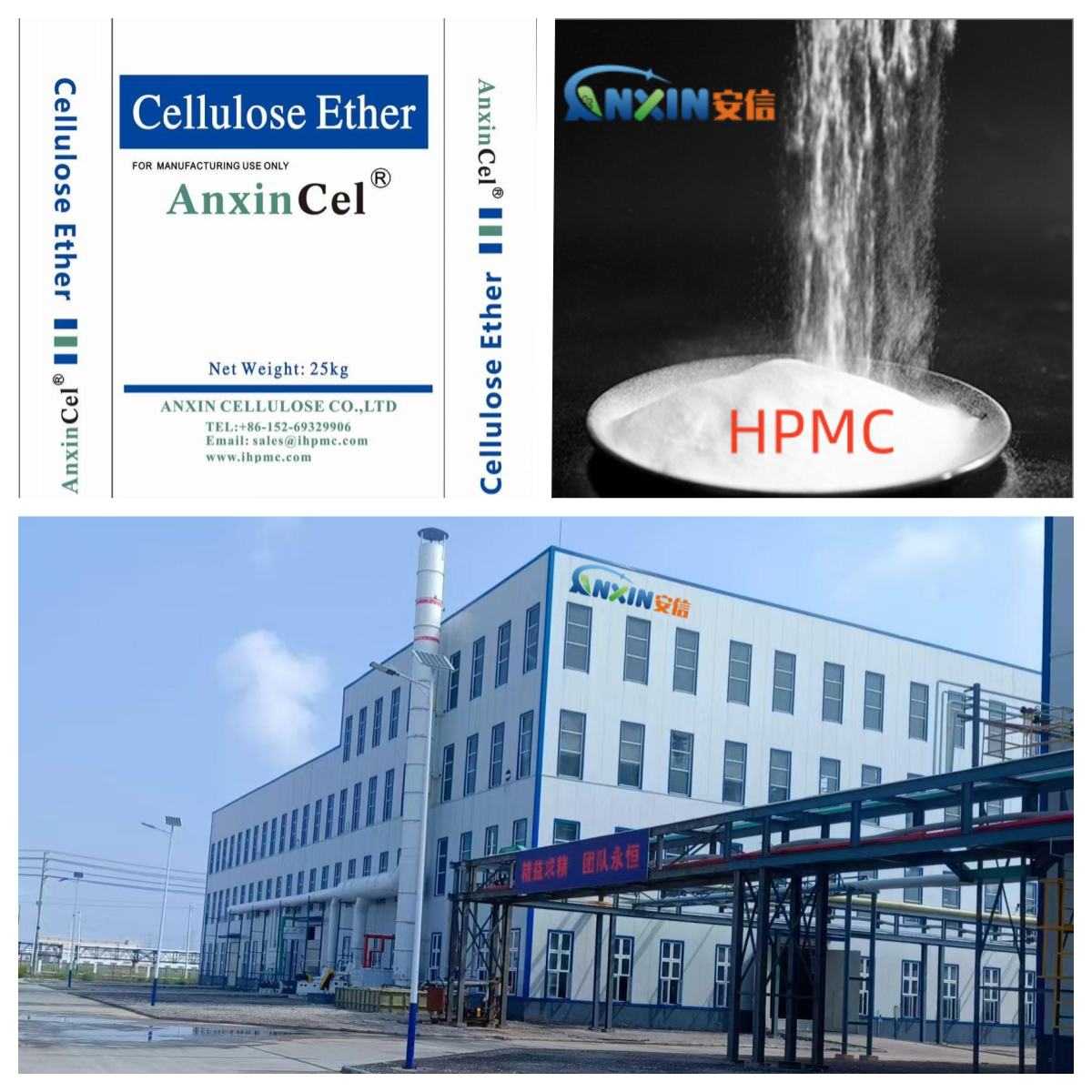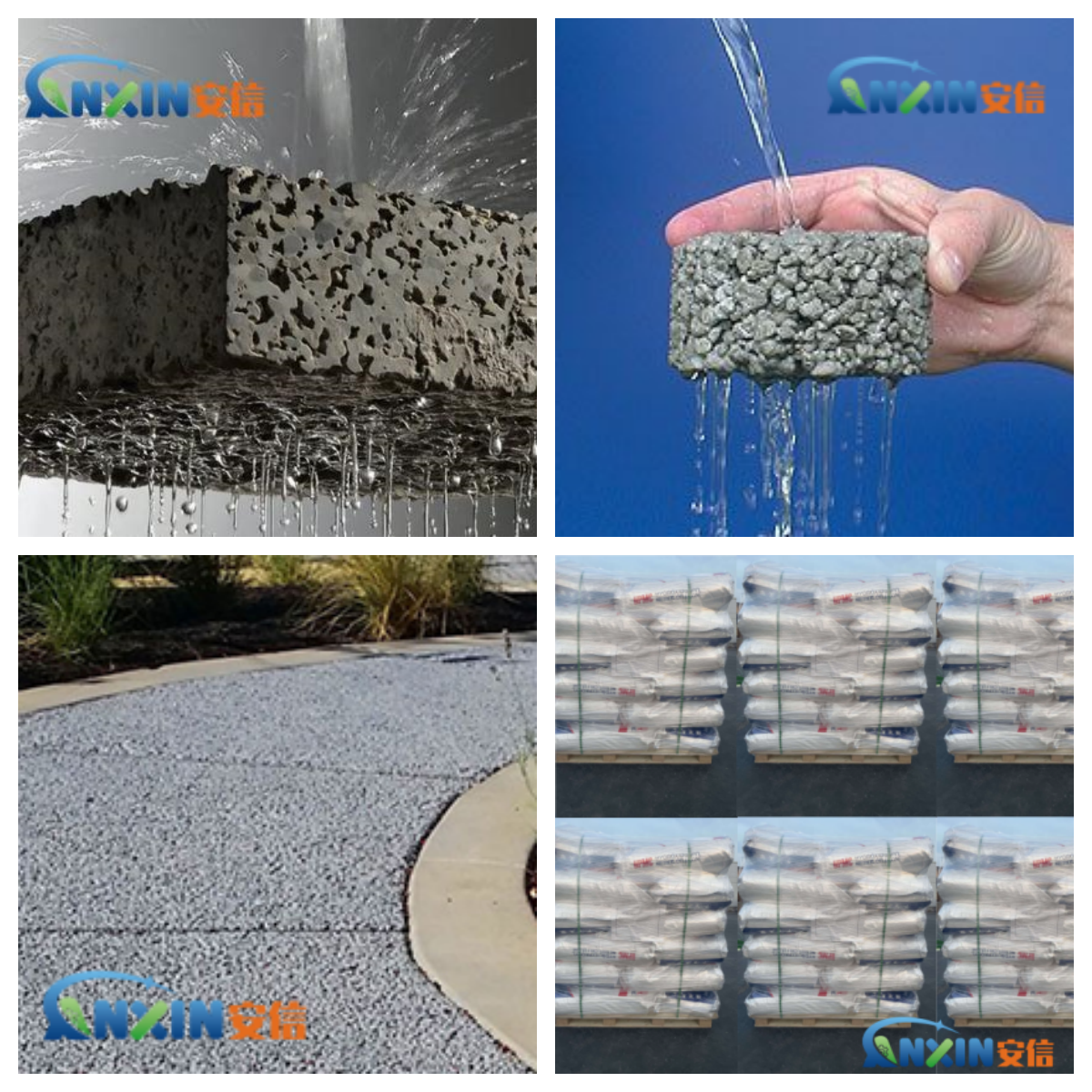1. Basic properties of MHEC
MHEC (Methyl Hydroxyethyl Cellulose) is a non-ionic cellulose ether with good thickening, water retention, film formation and improved construction performance. In cement-based building materials, MHEC can significantly improve the fluidity, water retention, anti-delamination and adhesion of mortar, and is widely used in tile adhesive, putty powder, self-leveling mortar, waterproof mortar and permeable cement mortar. Due to its small effect on the cement hydration process and compatibility with a variety of admixtures, MHEC has become an important organic modification material for permeable cement mortar.
2. Characteristics of permeable cement mortar
Permeable cement mortar refers to a special mortar that can penetrate into the base structure through capillary action, and is often used in structural repair, reinforcement and waterproofing projects. This type of mortar is required to have:
Good permeability: able to penetrate into the micro-pores of the base layer and improve the density of the base material;
High fluidity: good flow and permeability without serious bleeding and stratification;
Strong adhesion and durability: ensure a firm bond with the base material and play a long-term structural reinforcement and protection role;
Moderate water retention: reduce the rapid loss of water during construction and ensure that the cement is fully hydrated.
The role of MHEC is mainly focused on improving the flow, water retention and construction performance of the mortar, while indirectly improving the penetration effect.
3. The effect of MHEC on the performance of permeable cement mortar
3.1. Improve water retention and promote penetration depth
Permeable mortar needs to maintain appropriate consistency and moisture before penetrating into the capillary pores of the base layer. MHEC has excellent water retention, which can reduce the rapid evaporation of free water and absorption by the base material during the mortar construction process, prolong the penetration time of the mortar, and increase the penetration depth. In addition, uniform water distribution is also conducive to the full hydration of cement particles in the later stage, improving density and durability.
3.2. Improve fluidity and construction performance
MHEC can adjust the rheological properties of permeable cement mortar, so that it can maintain good construction fluidity under low water-cement ratio conditions. Appropriate MHEC addition can reduce the bleeding and segregation of mortar, and ensure that the slurry evenly penetrates into the fine pores of the substrate. For permeable mortar that needs to be poured or sprayed, MHEC can improve pumping performance and leveling, making the mortar easier to construct.
3.3. Improve the adhesion between mortar and substrate
Due to the film-forming property of MHEC, a flexible organic film can be formed at the interface during the hardening process of the mortar, which enhances the mechanical bite and adhesion between the mortar and the substrate. This interface modification effect helps prevent the mortar from peeling off from the substrate and improves the overall durability of the permeable repair layer.
3.4. Improve crack resistance and shrinkage control
Due to the increased internal density, permeable mortar is prone to shrinkage cracks during hardening. The water retention effect of MHEC can slow down the shrinkage rate of the mortar, make the cement hydration more sufficient, and reduce the probability of plastic shrinkage cracks. At the same time, the film-forming properties of MHEC give the mortar a certain flexibility, improving the overall crack resistance and durability.
3.5. Delaying the initial setting time is conducive to construction
MHEC has a slight delaying effect on the hydration process of cement, which helps to extend the operability time of the mortar. For repair projects that require full penetration, a longer construction time makes it easier for the slurry to penetrate into the base layer, improving the repair effect and quality stability.
3.6. Improve the anti-seepage and waterproof performance
In the hardened permeable mortar, since MHEC improves the density and interface bonding of the mortar, its capillary structure is more uniform, the porosity is reduced, and the anti-seepage ability is significantly improved. In underground waterproofing, tunnel lining, reservoir and other projects, MHEC-modified permeable mortar can effectively prevent moisture migration and enhance the waterproof effect.
4. Addition amount and precautions for use
Recommended addition amount: generally 0.2% to 0.6% of the mass of the cementitious material, which needs to be adjusted according to the water-cement ratio, mortar fluidity and construction process.
Avoid excessive addition: Excessive MHEC dosage may lead to excessive mortar viscosity, reduced permeability, and may delay excessive cement coagulation.
Compatibility with other admixtures: In permeable mortars containing water reducers, air entraining agents or expansion agents, the optimal dosage of MHEC should be determined by experiment to ensure performance synergy.
In permeable cement mortar, MHEC significantly improves the penetration depth, adhesion, crack resistance and durability of the mortar through its excellent water retention, thickening, film-forming and rheological adjustment properties. At the same time, it improves construction operability, prolongs the construction time, and improves the overall quality of repair and protection projects. Reasonable selection and control of the addition amount of MHEC is the key to achieving high performance of permeable cement mortar.
Post time: Jul-21-2025

